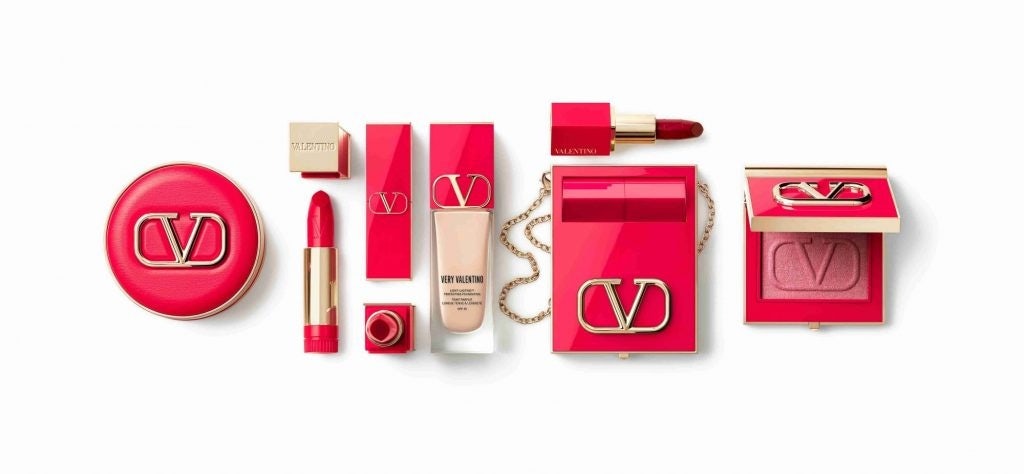Key Takeaways:#
The term "future-proof" is a mixed application of human, market, and strategic foresight, which comes from a deep understanding of the consumption motivations and how macro trends affect where business values will shift next.
Although there are many different approaches, individual, collaborative, and community perspectives should be the main priorities for businesses.
- Companies need to consider changing their communication dynamics, particularly in advertising, by moving away from a top-down or Eurocentric perspective.
Brands routinely look to consultants and experts to guide them through the complexity and nuances of the luxury market in China. In a post-pandemic world, this practice has grown as companies look to future-proof their strategies to ensure that their products, services, and communications are desirable to the country's new generation of consumers.
Now, the term "future-proofing" gets used regularly in sectors like industrial design, electronics, the medical industry, and climate change practices. Even luxury companies are adopting the term.
Dr. Martina Olbert, founder of the global strategy agency Meaning.Global, defines a future-proof strategy as “a mixed application of the human, market and strategic foresight that comes from a deep understanding of the underlying human motivations for consumption, their evolving needs, values, and desires, and how the socio-cultural macro trends affect where brand and business value shifts next.”
But brand leaders must first understand how a business creates meaning to future-proof its value. In this equation, brand, customer, and cultural relevance all apply. For Olbert, who works to create cultural relevance for businesses, the magic happens when brand value meets human value. And, among the “very clumsy, fearful, and unstrategic attempts at future-proofing” she has witnessed, companies are still trying to figure out what is relevant and meaningful.
Given this confusion, and the likelihood of future health crises, growing insecurity over new variants and lockdowns, continued climate emergencies, and even more idol scandals, Jing Daily looks at three brand strategies for future-proofing and how to create value for China's consumers.
Future-proofing based on the individual#
Post-pandemic, the luxury market is shifting more toward essential human needs by searching for new ways to be relevant in consumers' daily lives. Therefore, diversification into makeup, skincare, homewares, and even PPE has become a smart way to boost brand appeal to shoppers.
“We can find new niches for [luxury] houses to enhance a lot of these different points in our lives if that relationship makes sense, and it is a credible item,” Olbert said, citing Valentino’s shift into makeup as an example. Interestingly, the Italian house is one of the last luxury brands to venture into cosmetics, yet it expects to earn a record value of 87.6 billion by 2025 in China.

The collection will feature fourteen core products, landing in limited beauty drops that coincide with runway shows — the very essence of the label. This beauty pivot adds more value to the daily life of the consumer by addressing the physical importance of their makeup routines as well as the psychological role makeup plays in their personal expressions.
Future-proofing as collaboration#
Post pandemic, brands must consider changing their communication dynamics, particularly in advertising, by moving away from a top-down or Eurocentric perspective. Collaborations with local Chinese companies, designers, popular idols, or celebrities are proven and viable ways for brands to create meaning and resonate with local audiences.
Gucci has emerged as a leader in this arena due to its ability to build a collaborative universe around its brand — whether it is in creative spaces and restaurants or through social media, digital clothing, and NFTs. Interestingly, it has found the sweet spot by being culturally non-specific while inviting consumers into content collaborations, such as its Gucci Garden Archetypes exhibition.

“Gucci is all about the power of human expression resonating with Gen Z all over the world," Olbert offered. "The cultural element is no longer as important... but the potency is so vital to who we are as humans that it works, especially in social media, the cornerstone of self-expression in the digital world.”
Future-proofing as community#
Given the rate of climate disasters this summer alone, brands are learning how to show support during these crisis moments. Greenpeace research has shown that China’s key metropolises are at risk of longer and hotter summers over the coming decades, with record-breaking rainfall in the central province of Henan killing more than 300 people this year.
Local e-commerce platform Pinduoduo became the latest Chinese tech group to make a high-profile foray into local philanthropy amid a regulatory assault on its sector. After announcing it would donate 1.5 billion in future earnings to charity and agriculture badly hit by the downpours, the e-commerce group's shares rose by more than one-fifth.
Before that, Prada’s 1.5 million yuan donation to the Red Cross Society of China for flooding relief was warmly received by citizens, which illustrates that disaster donations can be a great PR tool. Marketing director at Daxue Consulting, Allison Malmsten, suggested this is an additional route to implement the strategy. “Philanthropic efforts are on the rise, and a lot of companies are stepping up to send gifts or use their technology in good ways, even local ones.These acts will become even more important in time,” she added.
Future-proofing is more important than ever but still speculative, especially on the Mainland. Yet, without it, navigating China's market landscape can be a highly unpredictable journey.

